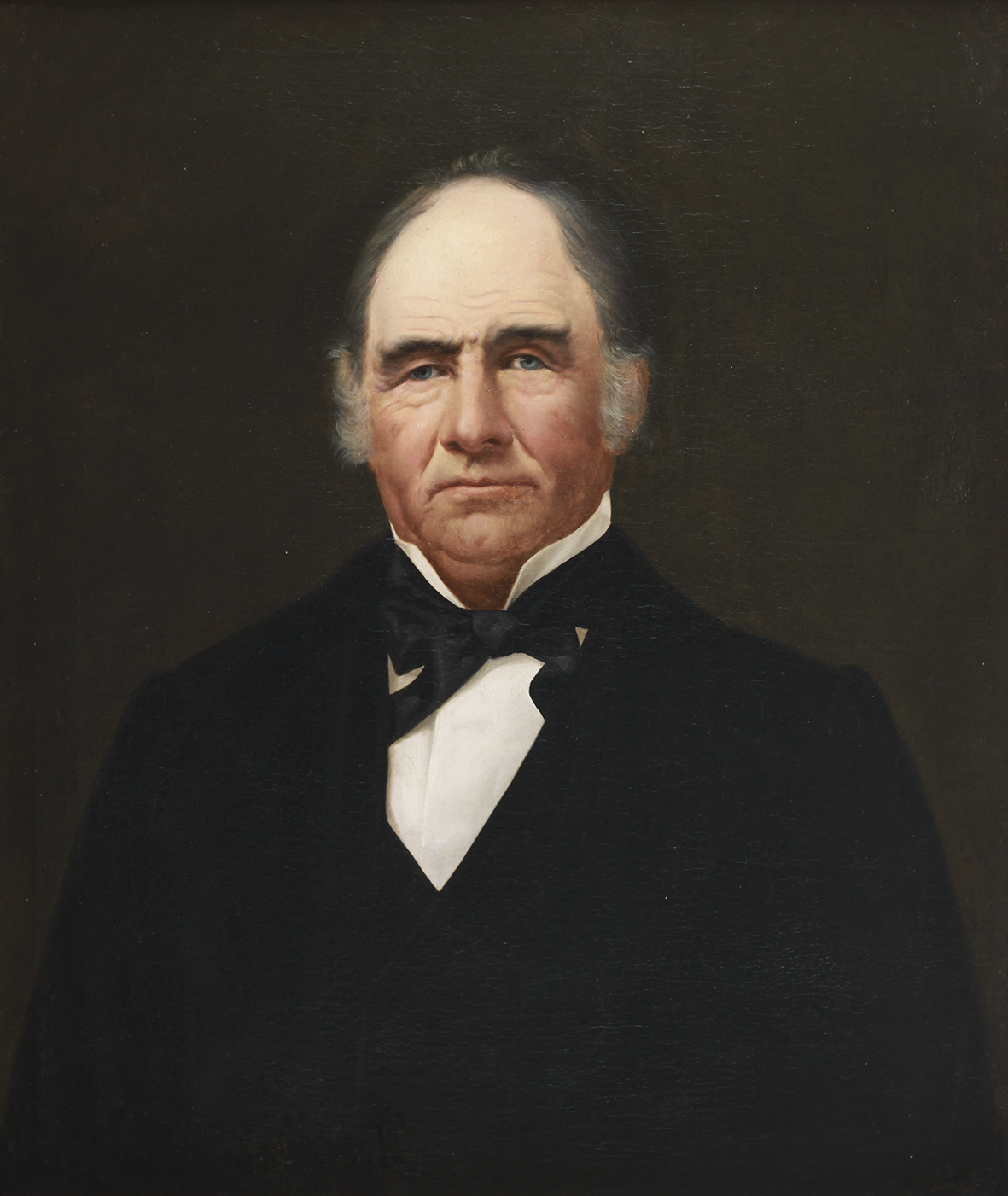George Keen (1794–1884) was born in England. He had arrived in Buenos Aires by 1820, making him one of the earliest settlers from Britain. In 1821 he married Mary Yates (1802/3–72), the sister of John, William and Elizabeth Yates, another family of early settlers from England. In 1825 Elizabeth Yates married Edward Lumb, with whom Darwin stayed in Buenos Aires in 1833. Keen began acquiring estates in Argentina: Pedernales in 25 de Mayo (a town in Buenos Aires province); China Lauquen and Reconquista in Azul as well as La Península in Chubut; and also La Virgen de los Dolores, at Mercedes on the Rio Negro in Uruguay.
Darwin wanted to make an expedition into this part of South America, so Lumb furnished him with an introduction to the Keens; he was their guest at La Virgen de los Dolores from the 22nd to the 26th November 1833. Darwin geologized in the surrounding countryside and investigated some giant bones, which turned out to be those of the megatherium. He was eager to dispatch some examples to Henslow in Cambridge, and Edward Lumb, with his mercantile contacts, arranged for the fossils to be shipped to England. George Keen was one of the European settlers who made a fortune out of sheep farming in South America. The local population herded cattle, whose meat was salted and dispatched to Brazil and Cuba as ‘tasajo’, food for slaves. However, this trade was in decline, whereas wool could be exported at considerable profit to growing markets in Europe and America; George and his son George Edward Keen (1836–1911) developed vast sheep stations in Argentina and Uruguay. Merchants in Buenos Aires flocked to exploit this new venture, and it was not until the end of the nineteenth century when the development of refrigeration enabled the export of fresh beef that cattle displaced sheep to the plains of Patagonia.
References:
Hanon, Maxine. 2005. Diccionario de Británicos en Buenos Aires. (Primera Época). Buenos Aires: published by the author.
Macdonell, Anne Lumb. 1913. Reminiscences of diplomatic life; being stray memories of personalities and incidents connected with several European courts and also with life in South America fifty years ago. London, A. & C. Black.



